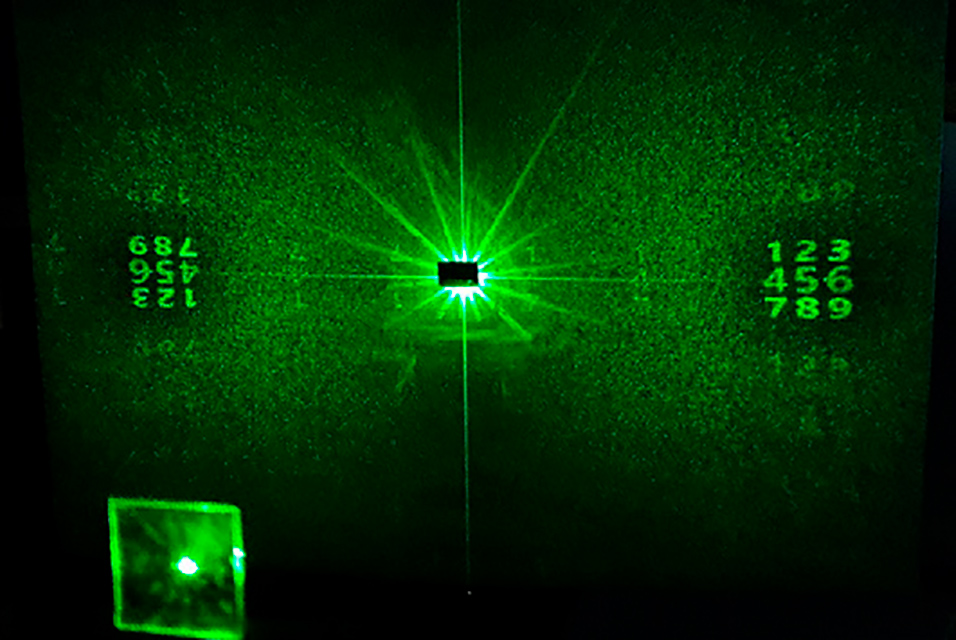HOUSTON, TX.- Although visible signs of aging are usually unmistakable, unraveling what triggers them has been quite a challenge. Researchers at
Baylor College of Medicine and collaborating institutions have discovered that a cellular phenomenon called cryptic transcription, which had been previously described and linked to aging in yeasts and worms, is elevated in aging mammalian stem cells.
The team reports in the journal Nature Aging that cryptic transcription occurs because a cellular mechanism that keeps it in check falls apart as cells get old. The findings suggest that strategies that control cryptic transcription could have pro-longevity effects.
"In previous work, we showed that cryptic transcription in yeasts and worms is not only a marker of aging but also a cause," said corresponding author Dr. Weiwei Dang, assistant professor of molecular and human genetics and the Huffington Center on Aging at Baylor. "Reducing the amount of this aberrant transcription in these organisms prolonged their lifespan."
Cryptic transcription is a phenomenon that interferes with normal cellular processes. Normal gene transcription is a first step in the production of proteins. It begins in a specific location on the DNA called the promoter. This is where the protein coding gene begins to be transcribed into RNA, which is eventually translated into protein. Gene transcription is a well-regulated cellular process, but as cells age, they lose their ability to control it.
"Promoters have a specific DNA sequence that identifies the starting point of the transcription process that is usually located preceding the actual protein coding sequence," explained Dang. "But promoter look-alike sequences do exist in other locations, including along the actual protein coding sequence, and they could start transcription and generate shorter transcripts, called cryptic transcripts. Here we investigated whether cryptic transcription increased with age in mammals and potential mechanisms involved in this phenomenon."
The team worked with mammalian stem cells, which have shown to play a significant role in aging. They adapted a method to detect cryptic transcription to determine the level of this transcription in mice and human stem cells and cultured cells. When compared to young stem cells, older ones had increased cryptic transcription. They also looked into other aging cells and found that, in the majority of cells spanning a range of tissues, cryptic transcription was also elevated with age.
"Altogether, our findings indicate that elevated cryptic transcription is a hallmark of mammalian aging," Dang said.
Young cells have mechanisms in place to prevent cryptic transcription. In aged mammalian cells, the researchers found that one such mechanisms, which involves limiting the access to chromatin, the material that makes up the chromosomes, is failing, facilitating the production of cryptic transcripts.
"It is still not clear how elevated cryptic transcription contributes to aging, but the evidence is accumulating that it is detrimental to mammals as it is for yeast and worms," Dang said. "Future studies may result in ways of reduce the pro-aging effects of cryptic transcription."










